
WEDDING MENU
FUSION FEAST
REGIONAL DELIGHTS
Perfectly
WED
A Culinary Symphony Planning A Multi
Cuisine Menu for your Diverse
Wedding
Guests
Topics
Weddings are a celebration of union—not just between two people, but of families, cultures, and traditions. When your guest list includes relatives from different regions, friends with varied tastes, or a mix of age groups, planning a menu that pleases everyone becomes an art. A multi-cuisine wedding menu offers an opportunity to embrace diversity on the plate, ensuring every guest feels seen, delighted, and satisfied. However, juggling multiple cuisines can be tricky if not done thoughtfully. How do you curate such a menu without overwhelming your caterers or confusing your guests? Here’s a guide to orchestrating a culinary symphony that harmonizes flavors, traditions, and preferences.
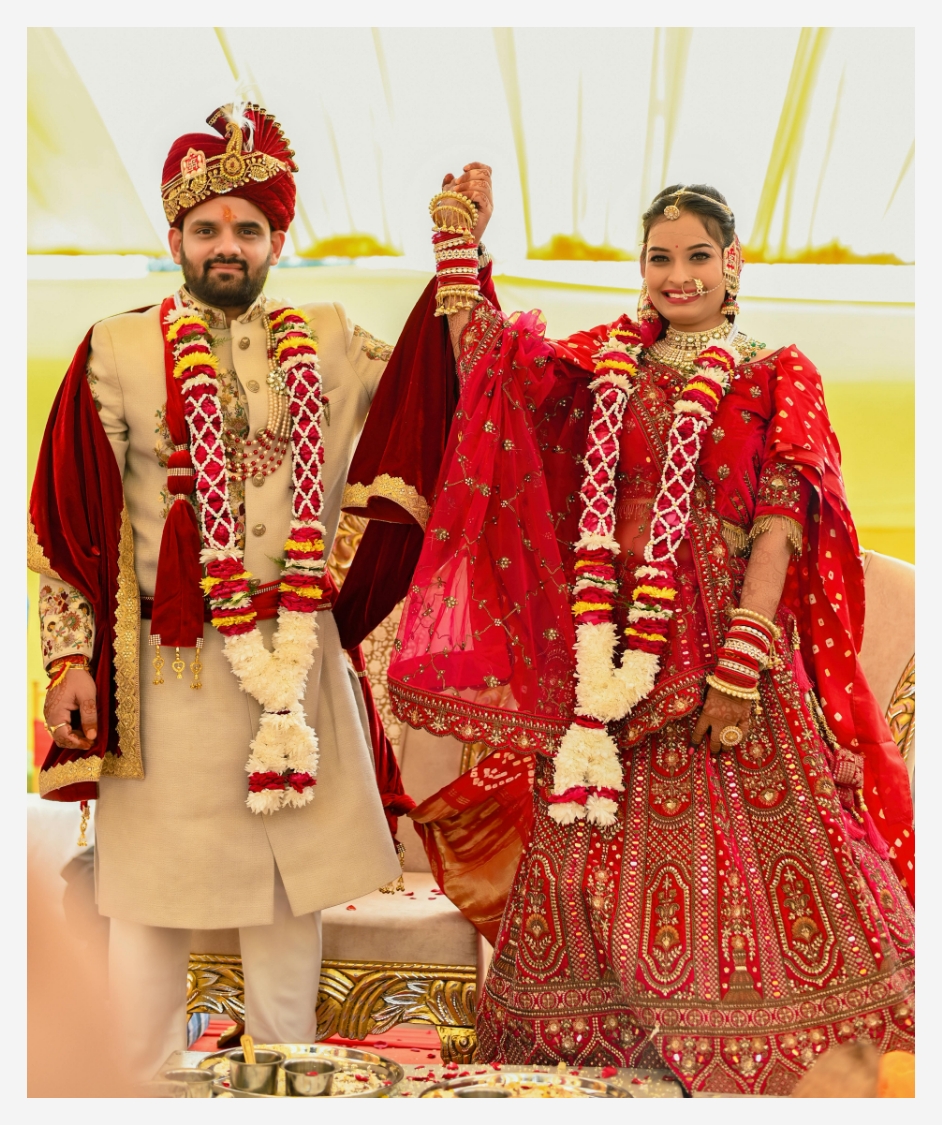
1. Understand Your Guest Demographics And Preferences:
Start by analyzing your guest list carefully. Are most guests from a particular region or cultural background? Do you have vegetarians, vegans, or guests with dietary restrictions like gluten intolerance or allergies? Are there elders who prefer simpler, mild flavors, and youngsters eager for something trendy or spicy? This knowledge will serve as your foundation to select cuisines and dishes that balance tradition with novelty.
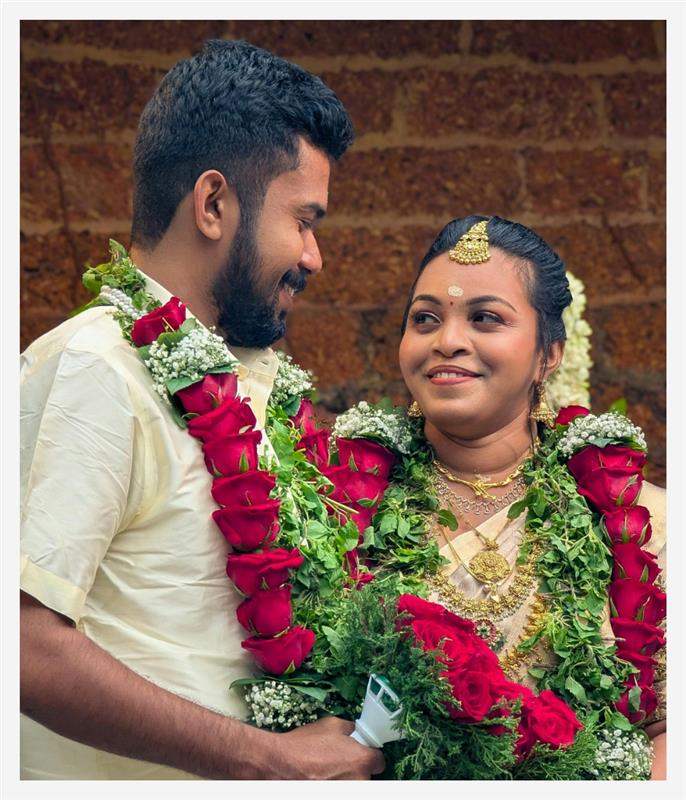
2. Choose Cuisines That Complement Each Other:
Not every cuisine blends well on the same menu. For instance, pairing rich North Indian curries with light South Indian delicacies often works beautifully because they offer contrasting flavors and textures without overwhelming the palate. Similarly, Indo-Chinese fusion appeals to many urban guests, while adding a regional delicacy like Bengali fish or Rajasthani dal bati provides authenticity. Try to avoid cuisines that compete or clash excessively, as it can dilute the overall experience.
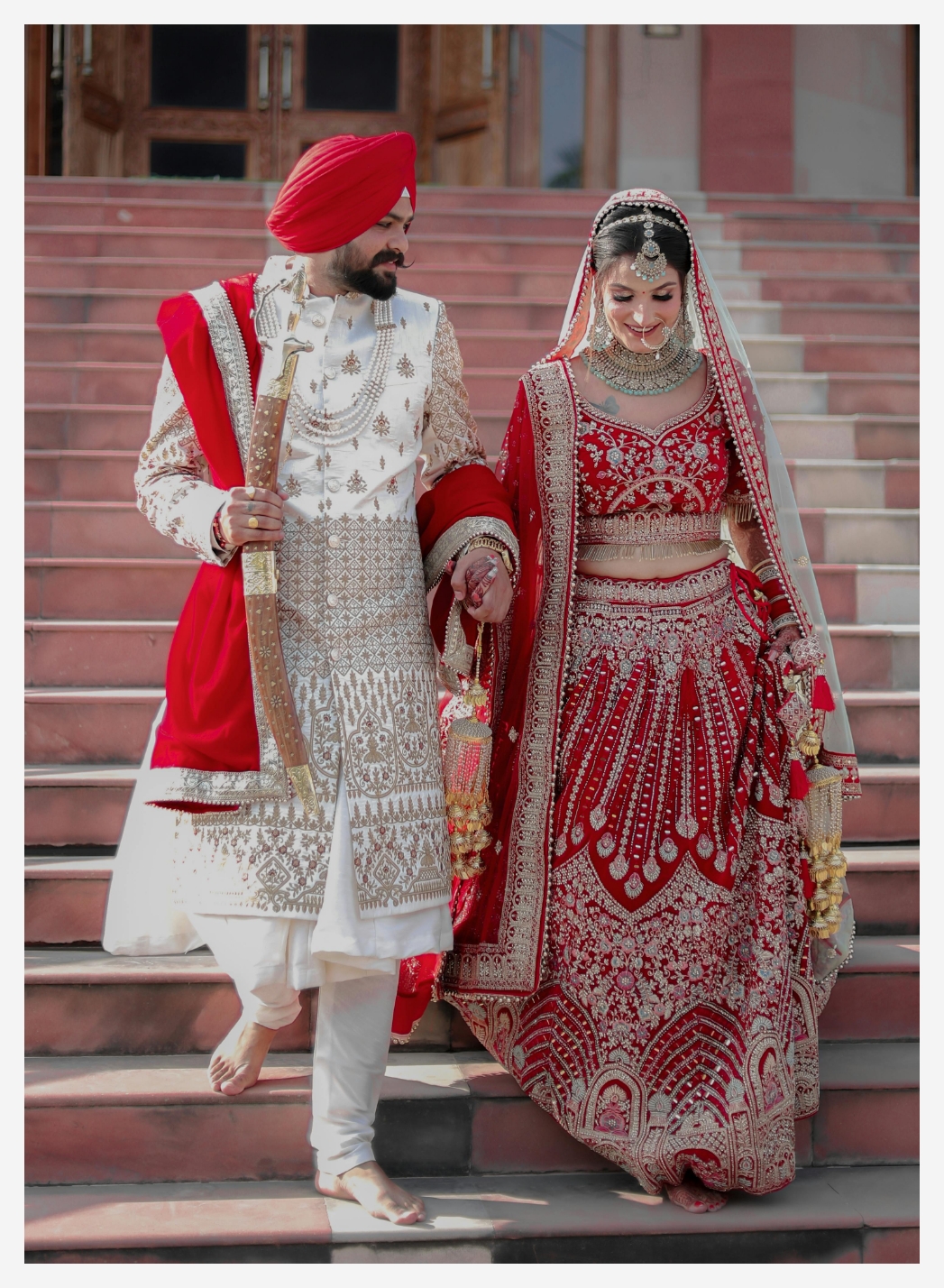
3. Plan Courses To Flow Seamlessly Across Cuisines:
A multi-cuisine menu is best enjoyed when courses transition logically. You might begin the meal with appetizers from one cuisine—like Hyderabadi kebabs—then move on to a main course featuring both Punjabi and Gujarati dishes, followed by desserts that might include classic Indian sweets alongside continental pastries. This careful sequencing allows guests to savor each cuisine’s uniqueness without palate fatigue.
4. Balance Vegetarian And Non-Vegetarian Options Thoughtfully:
In Indian weddings, vegetarian guests are often the majority, but non-vegetarian dishes add excitement and variety. Ensure that each cuisine you select has strong vegetarian and non-vegetarian offerings. For example, if you serve South Indian food, include vegetarian dosas and a chicken chettinad. For North Indian, offer paneer tikka alongside butter chicken or kebabs. This inclusiveness ensures that all guests find something appealing.
5. Factor In Regional And Festival-Specific Specialties:
If your wedding spans multiple days or events, consider dedicating certain functions to particular cuisines or festival traditions. A mehendi function could have Rajasthani snacks and drinks, the wedding day can be a lavish Punjabi feast, and the reception could showcase continental or fusion dishes. This approach celebrates each culture distinctly and keeps the menu exciting.
6. Consult With An Experienced Caterer For Menu Customization:
Experienced caterers bring invaluable insights into portion sizes, ingredient availability, and recipe adjustments. Work closely with them to finalize dishes that will suit your guest preferences and venue logistics. Many caterers offer tasting sessions for each cuisine, so take advantage of this to ensure quality and consistency.
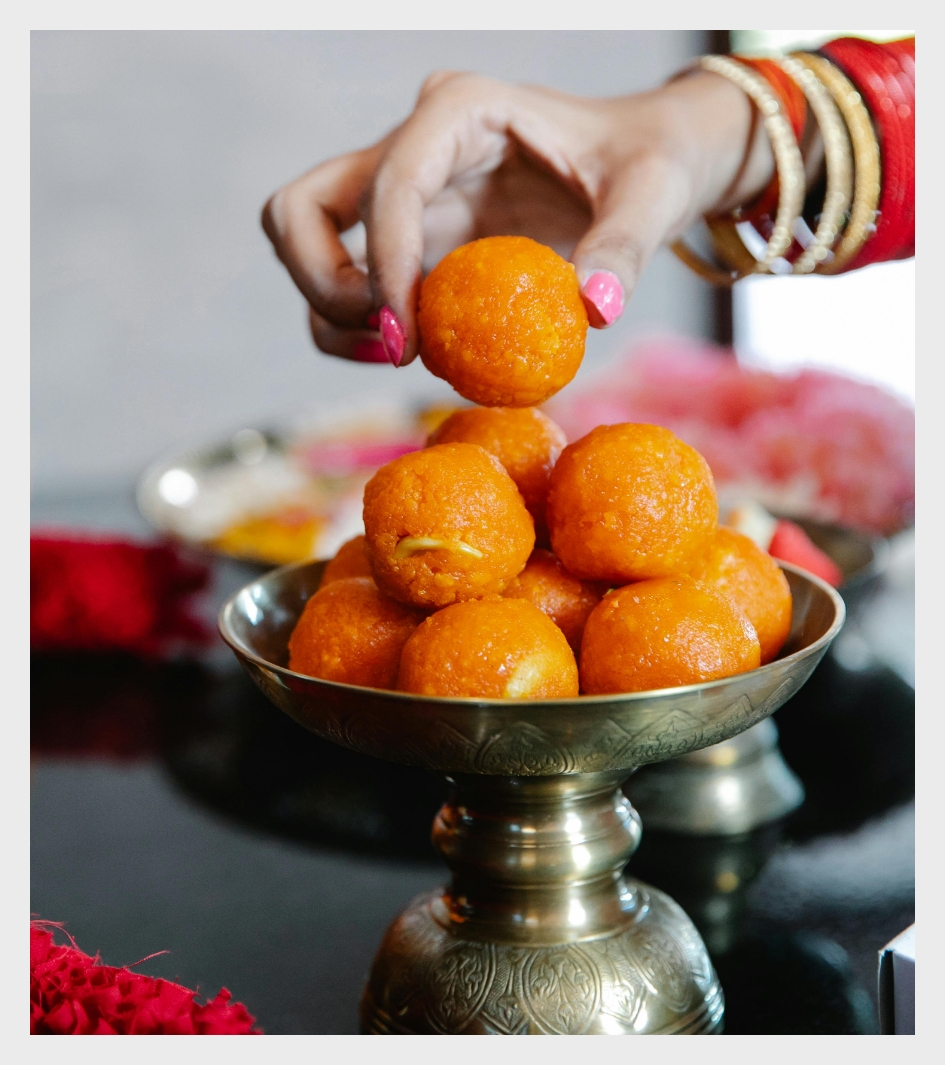
7. Pay Attention To Plating And Presentation Styles:
Multi-cuisine menus provide a chance to impress visually as well as gastronomically. Coordinate with your caterer and decorator to ensure that each cuisine’s station or buffet counter reflects its unique identity—whether through traditional decor, themed table settings, or staff attire. Visual cues help guests navigate the menu and enrich the dining experience.
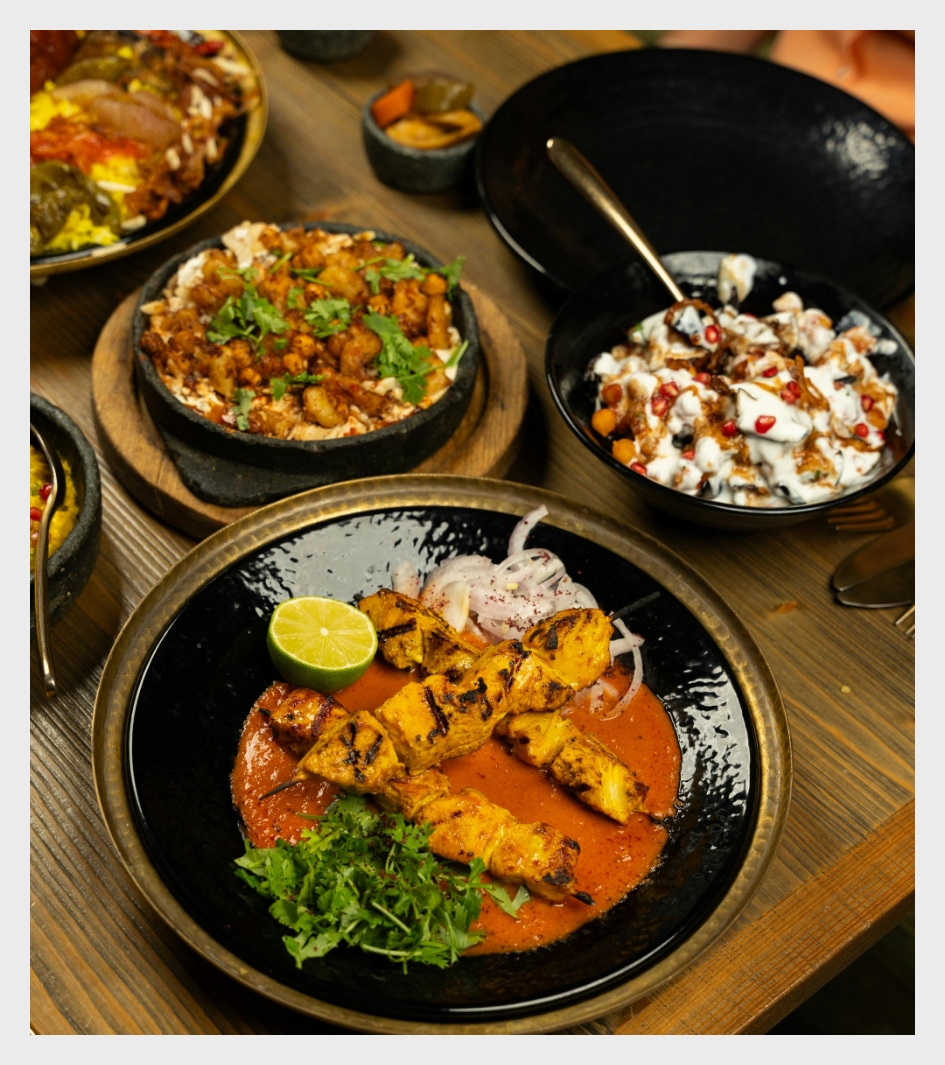
8. Consider Service Style To Enhance The Multi-Cuisine Experience:
Buffet-style is often preferred for multi-cuisine menus as it allows guests to pick and choose freely. However, you can also consider live counters—such as a chaat stall or a pasta station—that add interaction and freshness. For more formal events, plated meals with a pre-selected multi-course menu work well but require precise coordination.
9. Account For Logistics, Timing, And Quantity To Avoid Wastage:
Multiple cuisines mean more complexity in kitchen operations and serving. Discuss with your caterer how they plan to manage preparation timing, staff allocation, and food replenishment. Have a clear estimate of guest counts for each cuisine’s dishes to avoid overproduction or shortages. It’s better to offer fewer dishes executed perfectly than many poorly.
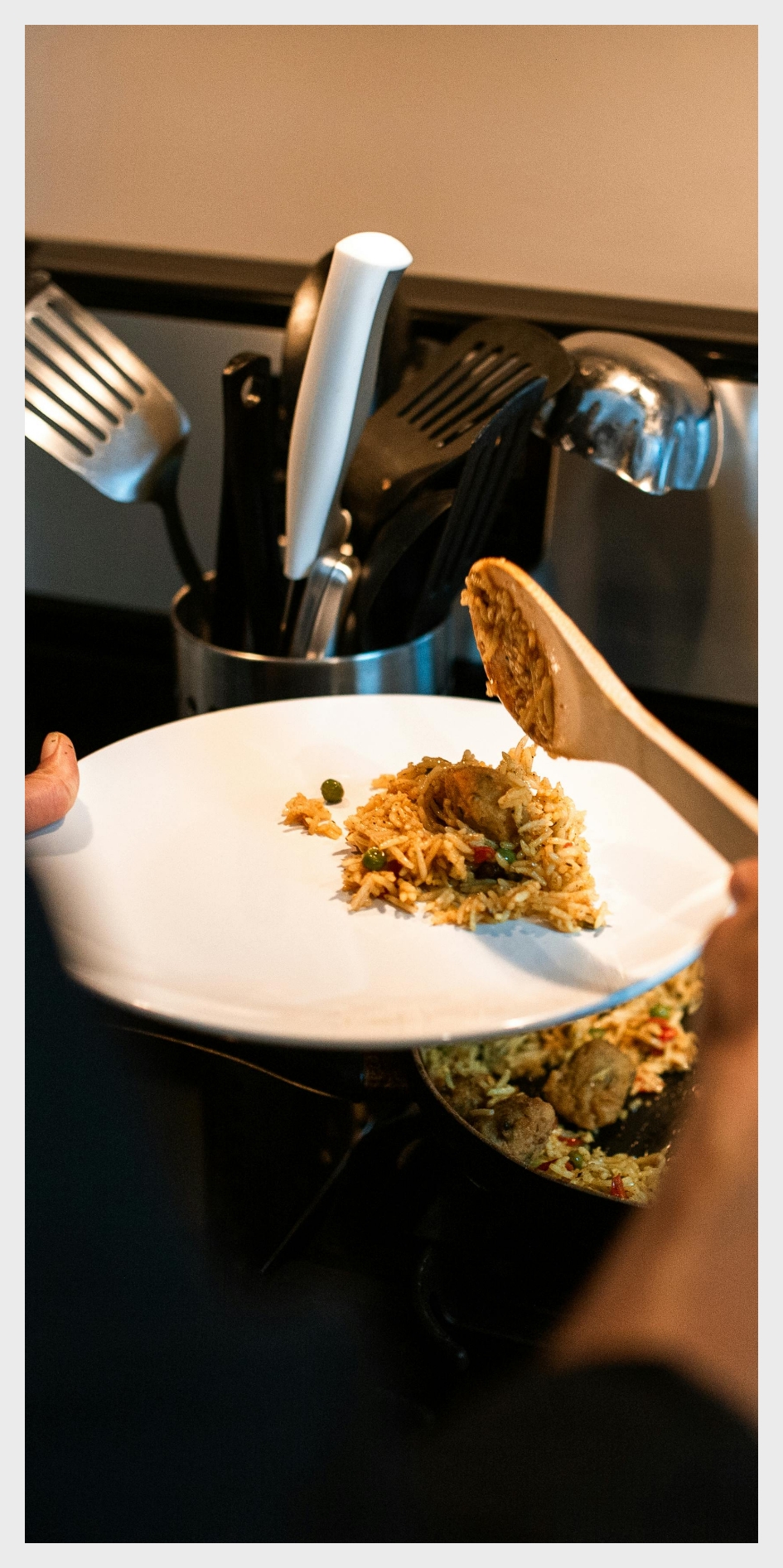
10. Don’t Forget Dessert And Beverages Tailored To The Menu:
Desserts and drinks are the final flourish. Select sweets that align with the cuisines served—like gulab jamun for North Indian menus or payasam for South Indian. Also consider continental options such as mousse or cheesecake for variety. For beverages, offer a mix of traditional drinks like lassi or jaljeera alongside mocktails or cocktails that complement the flavor profiles.
Planning a multi-cuisine menu for a wedding can feel like composing a complex symphony, but with thoughtful planning, collaboration, and a clear vision, it can become one of the most memorable highlights of your celebration. Remember, the goal is not to showcase every cuisine under the sun, but to curate a balanced, enjoyable culinary journey that honors your heritage and delights your diverse guests.
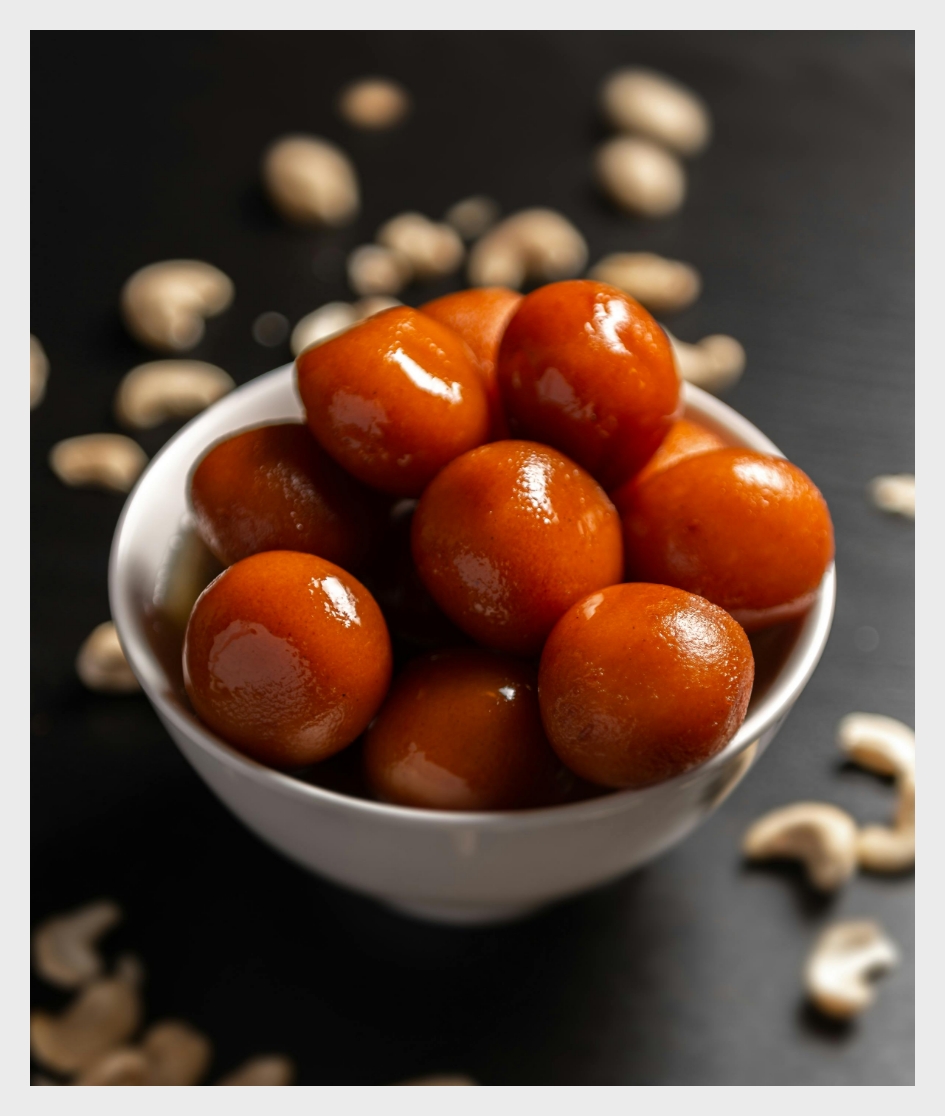
Checklist for Planning a Multi-Cuisine Wedding Menu
- Analyze your guest demographics and dietary needs
- Select complementary cuisines that blend well
- Plan courses for smooth transitions between cuisines
- Provide balanced vegetarian and non-vegetarian options
- Include regional or festival-specific specialties for different events
- Collaborate closely with an experienced caterer
- Coordinate plating and presentation for visual appeal
- Decide on service style: buffet, live counters, or plated meals
- Ensure efficient logistics, timing, and food quantity management
- Match desserts and beverages to the multi-cuisine menu

